Saudi Arabia is eyeing greater collaboration in research and development, as well as innovation with Asia as it looks to China for technology and automotive advancement in its mining sector transformation push, according to a senior government official.
The plans are part of the country's grander economic diversification plan — Vision 2030 — introduced by Saudi Crown Prince Mohammed bin Salman Al Saud in 2016 and includes mining as the third pillar of national industrialism. Saudi Arabia's abundant mineral wealth is estimated at $2.5 trillion.
Saudi Arabia's Minister of Industry and Mineral Resources Bandar bin Ibrahim AlKhorayef, told China Daily in an interview in Hong Kong on Saturday that his country could complement the Asia region in providing greater opportunities for relocating most of the manufacturing to his country with cooperation in R&D and innovation.
"We've all seen the challenges that had been faced in supply chain disruptions and we believe that Saudi Arabia can be a great place to solve these challenges," he added.
"There's a lot of commonalities between the two regions and (one of) Saudi Arabia's ambitions is to grow its manufacturing base, to explore its mining capabilities. This is not only to satisfy our local market but also to participate in the global market," said AlKhorayef.
The minister was wrapping up his trip to the Greater Bay Area, following a weeklong visit to Asia, including Singapore, where he said the purpose was to help large players look to Saudi Arabia as their next production location.
Exactly a year ago, AlKhorayef visited the Chinese mainland where he met with senior government officials and visited factories and companies.
"China is a big country and last time we visited five cities. This time, we visited Guangzhou. There's a different flavor in each one of these cities and we try to capture the value and what each region of China can offer to Saudi Arabia," said AlKhorayef.
"We aim to focus on two areas. One is to help large players look to Saudi Arabia as their next production location or logistics location because we can offer a mixture of enablers from the raw material to the energy prices to infrastructure, great location," he added.
Business models
And the other side, "which is interesting", he said, was innovation and the adaptation of new business models, such as "Industry 4.0" and "Industry 5.0", and artificial intelligence, other than manufacturing.
During his visit, AlKhorayef invited Chinese companies to invest in Saudi, which was highlighted by the National Industrial Strategy during a roundtable meeting organized by the Federation of Chambers of Commerce in Guangzhou.
In Hong Kong, AlKhorayef met with senior officials of the Trade and Industry Department, the Innovation and Technology Commission and the Commerce and Economic Development of Hong Kong, among others, according to the Saudi Press Agency.
China is Saudi Arabia's largest trading partner. According to the Ministry of Finance of Saudi Arabia, the volume of trade between the two countries reached more than $100 billion in 2023.
"We believe Saudi Arabia can offer many opportunities for many global players from different countries. China is definitely the number one trade partner to Saudi so it's only logical that we find areas of collaboration and bring some local content also to Saudi Arabia. Localization is key also to our strategy," said AlKhorayef.
When it comes to the Belt and Road Initiative proposed by China, the minister said Saudi was greatly located in an area where it can serve to help many regions connect with each other.
"Definitely we are also positioned in a way that allows us to access markets that are growing and have high potential to grow," said AlKhorayef.
"It's great to be here. I used to be a businessman visiting China, also Singapore. It's great to be here with an official eye. I've been really welcomed very well and by everyone, both private sector and government. So, it's overwhelming and I think (there are) great opportunities that we can bring together," he added.












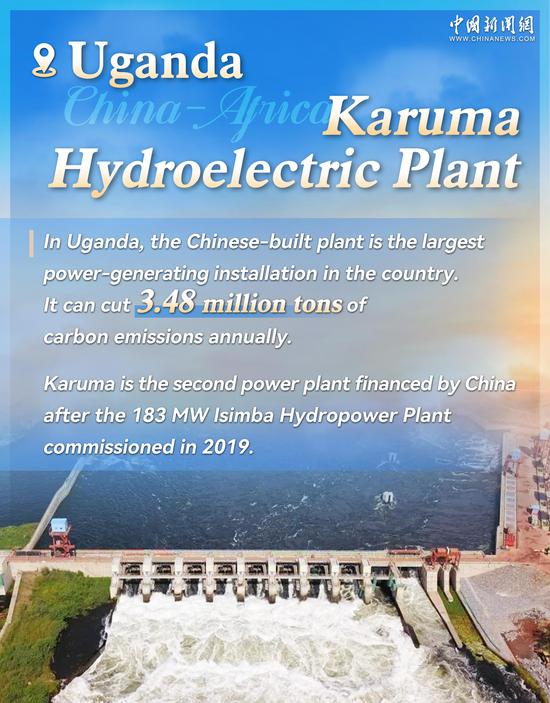
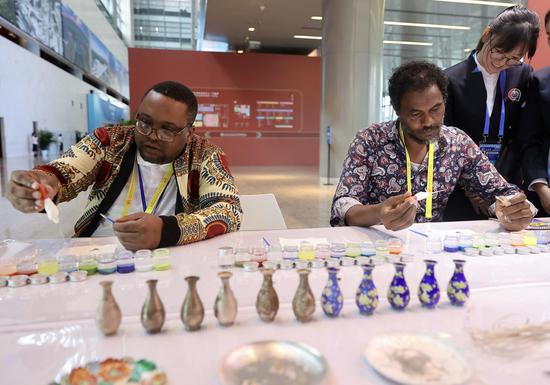
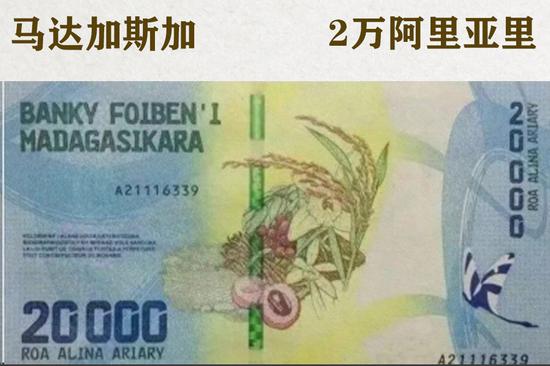

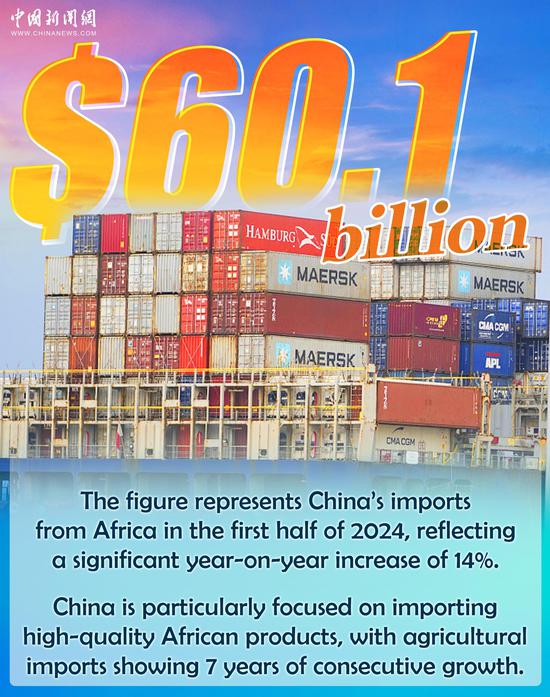
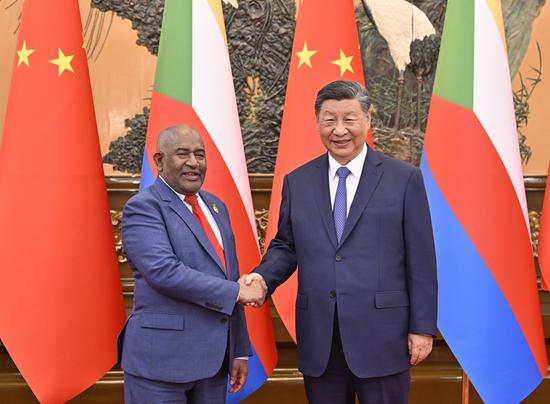
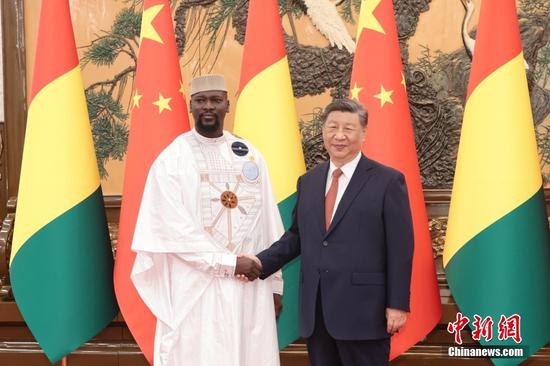


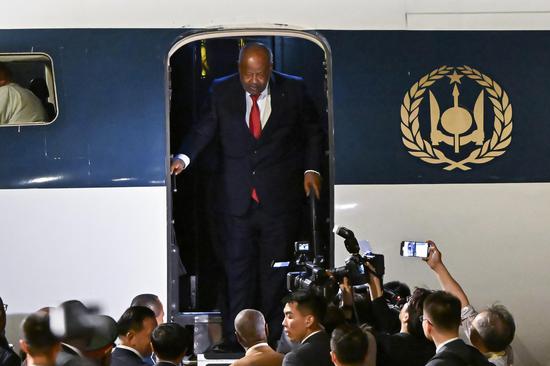
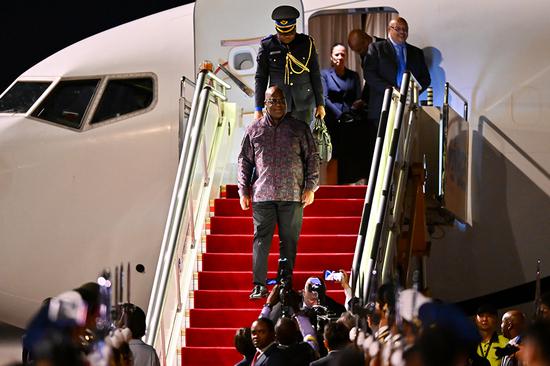
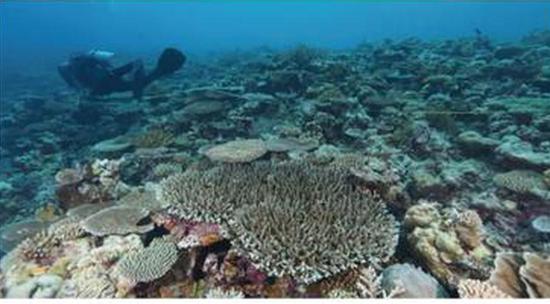
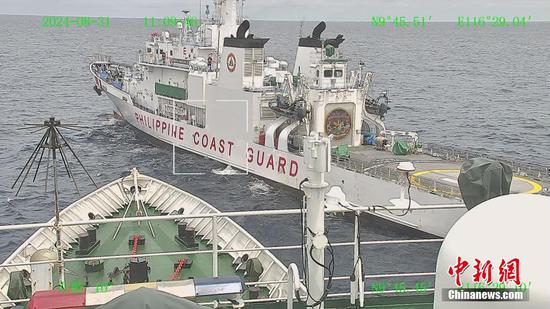
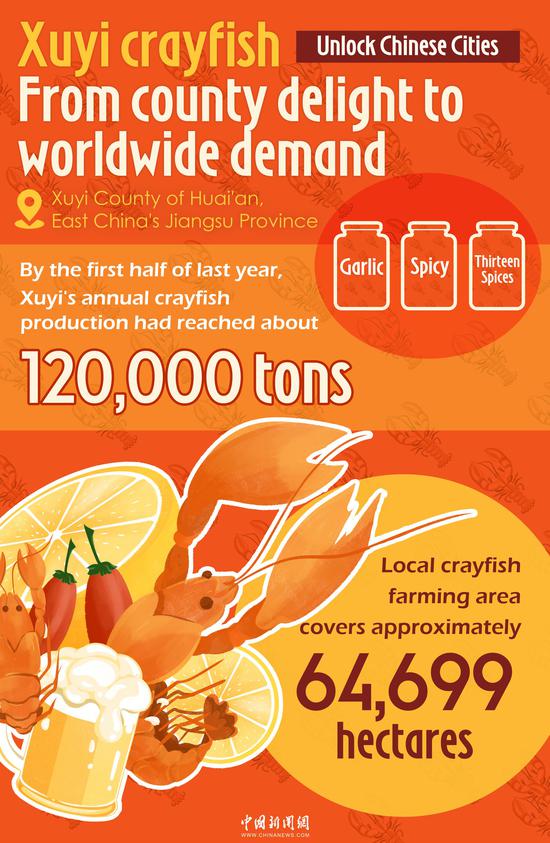
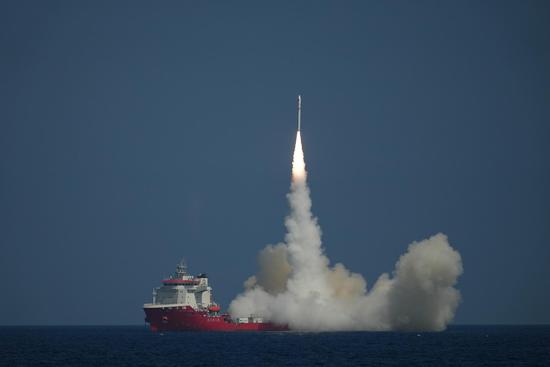
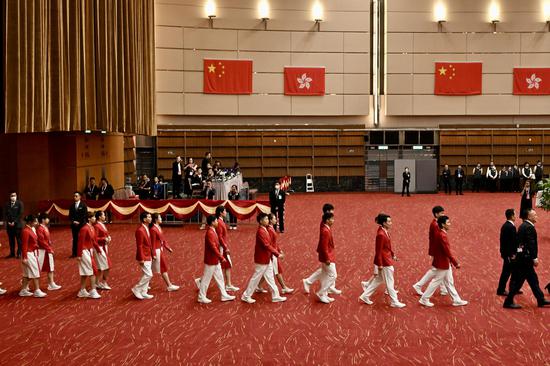


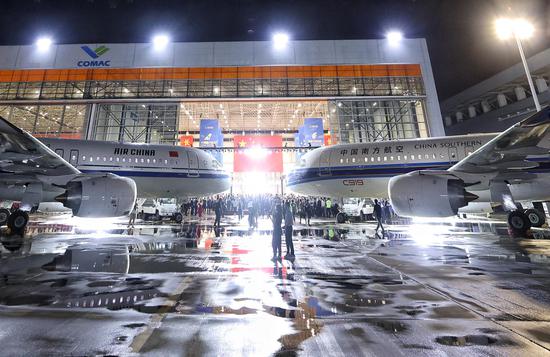
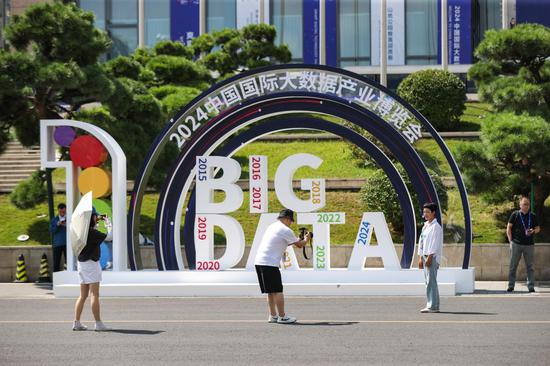
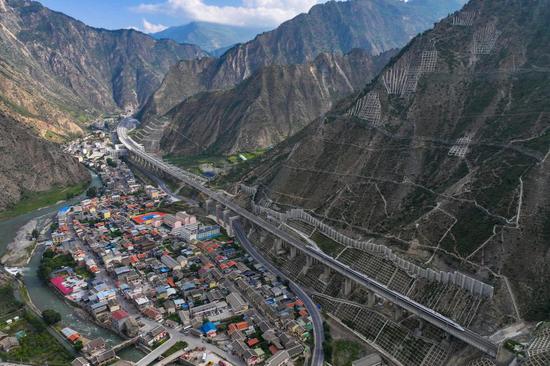

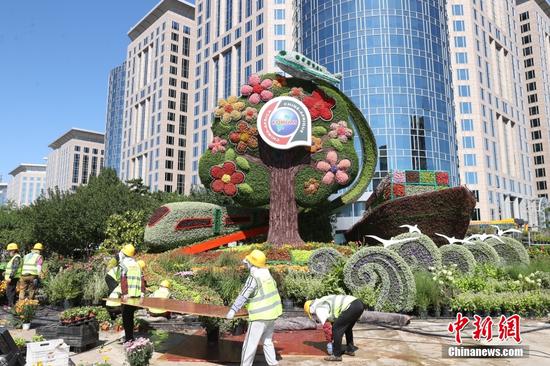
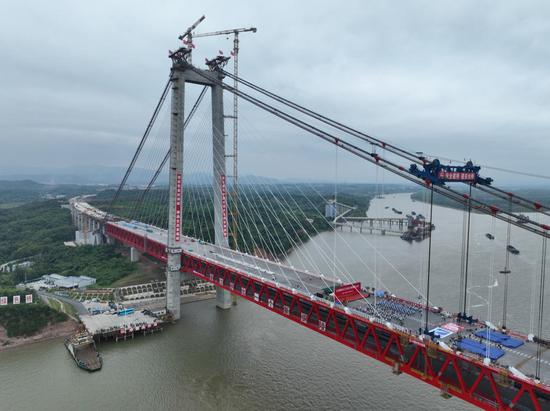

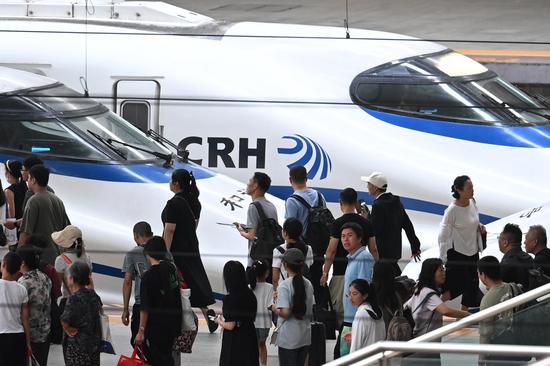








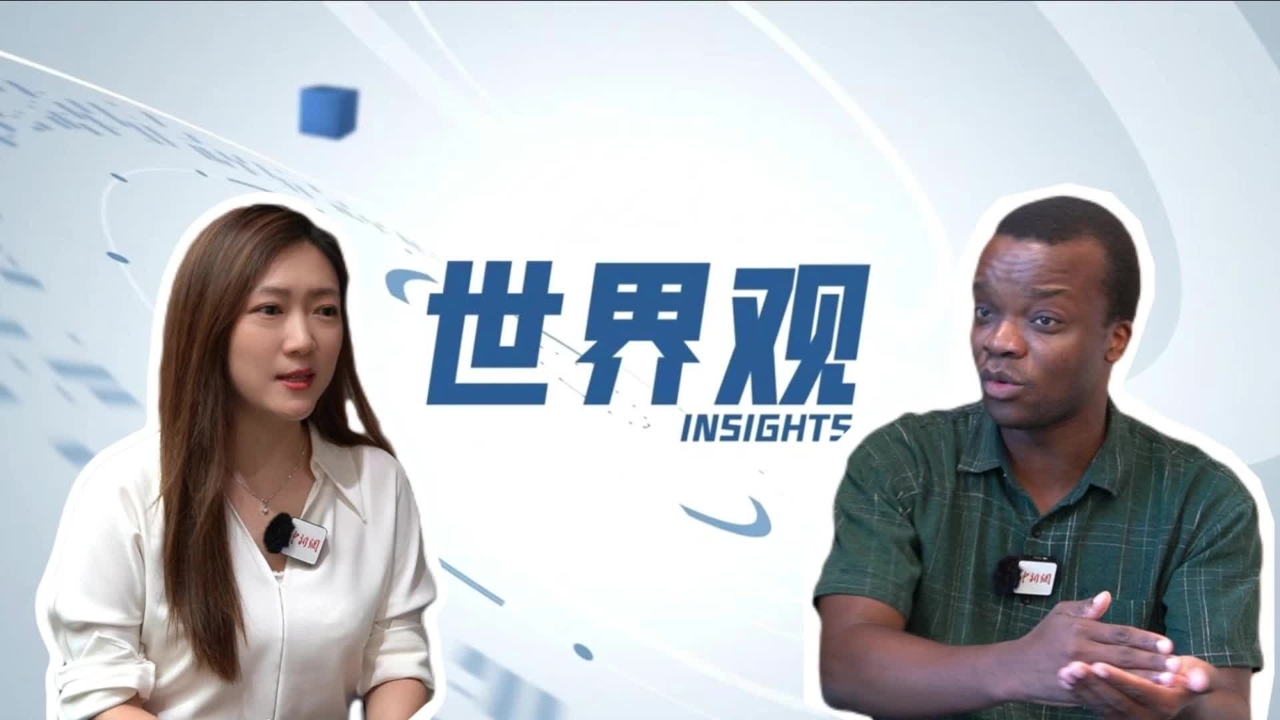

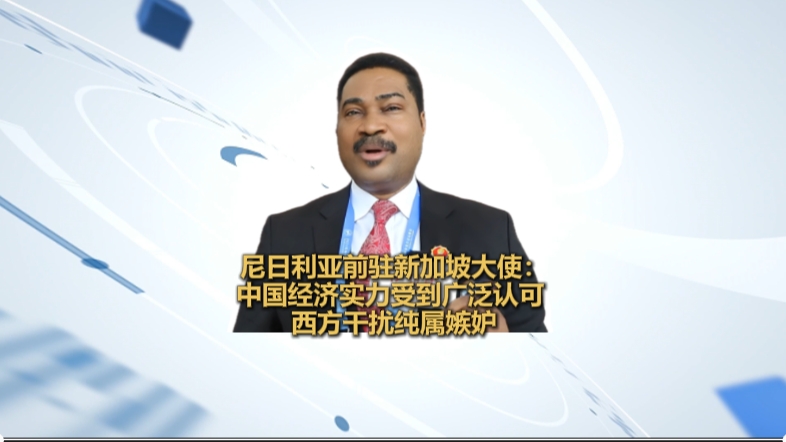

 京公网安备 11010202009201号
京公网安备 11010202009201号